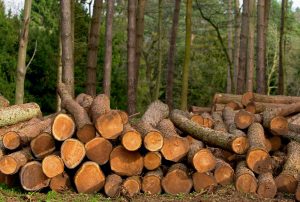Assessment and Evaluation Challenges: Moving Beyond Traditional Methods
In today’s fast-paced and ever-evolving world, traditional methods of assessment and evaluation have become obsolete. With advancements in technology and changes in societal expectations, educators are facing new challenges in measuring student learning and growth. In this article, we will explore the various challenges that come with traditional assessment and evaluation methods and discuss how teachers can move beyond these methods to effectively measure student progress. By the end of this article, you will have a deeper understanding of the need to evolve and adapt to the changing landscape of assessment and evaluation.
The Limitations of Traditional Assessment and Evaluation Methods
Standardized Tests
One of the most commonly used methods of assessment is standardized testing. These tests aim to measure a student’s knowledge and skill level based on a predetermined set of questions. While this method has been used for decades, it has its limitations. Standardized tests only measure a small portion of a student’s abilities and do not take into account their unique strengths and challenges. They also put immense pressure on students to perform well, often causing stress and anxiety.
Grades and Written Assignments
Another traditional method of assessment is through grades and written assignments. While these methods may provide a more comprehensive picture of a student’s abilities compared to standardized tests, they are still flawed. Grading is subjective and can be influenced by various factors, such as a teacher’s bias or students’ personal circumstances. Written assignments may also not accurately reflect a student’s understanding, as it relies heavily on their writing skills and can be affected by factors such as time constraints and test anxiety.
The Need for Change
With the increasing diversity and complexity of our society, traditional assessment and evaluation methods are no longer enough. The education system must adapt to prepare students for the challenges and demands of the real world. Moreover, these methods do not accurately represent a student’s progress and growth, which is essential for their future success.
Moving Beyond Traditional Methods
Embracing Technology
One way to move beyond traditional assessment and evaluation methods is by embracing technology. With the widespread use of technology in education, teachers can utilize digital tools to create more dynamic and personalized assessments. For example, online quizzes and games can be used to assess students’ understanding of a subject in a more engaging manner. Educational software can also be used to track and analyze students’ progress and provide valuable insights.
Implementing Performance-Based Assessments
Performance-based assessments are a more holistic and authentic way to measure student learning. Rather than relying on multiple-choice questions or written assignments, these assessments require students to apply their knowledge and skills to real-world situations. This method not only provides a more accurate representation of a student’s abilities but also encourages critical thinking and problem-solving skills.
Incorporating Project-Based Learning
Project-based learning allows students to work collaboratively on a project that aligns with the curriculum. During this process, students have the opportunity to apply their knowledge and skills in a meaningful way, while also developing essential life skills such as teamwork, time management, and communication. Projects can also be used as a form of assessment, where students can showcase their learning through a final product or presentation.
Conclusion
The traditional methods of assessment and evaluation were suitable for the education system of the past, but not for the one we have today. As educators, it is our responsibility to constantly evolve and adapt to the changing needs of our students. By moving beyond traditional methods, we can create a more comprehensive and accurate picture of our students’ progress, preparing them for the challenges of the real world.
Incorporating technology, implementing performance-based assessments, and utilizing project-based learning are just a few ways teachers can move beyond traditional methods. By doing so, we can create a more engaging and meaningful learning experience for our students, and ultimately help them reach their full potential.










